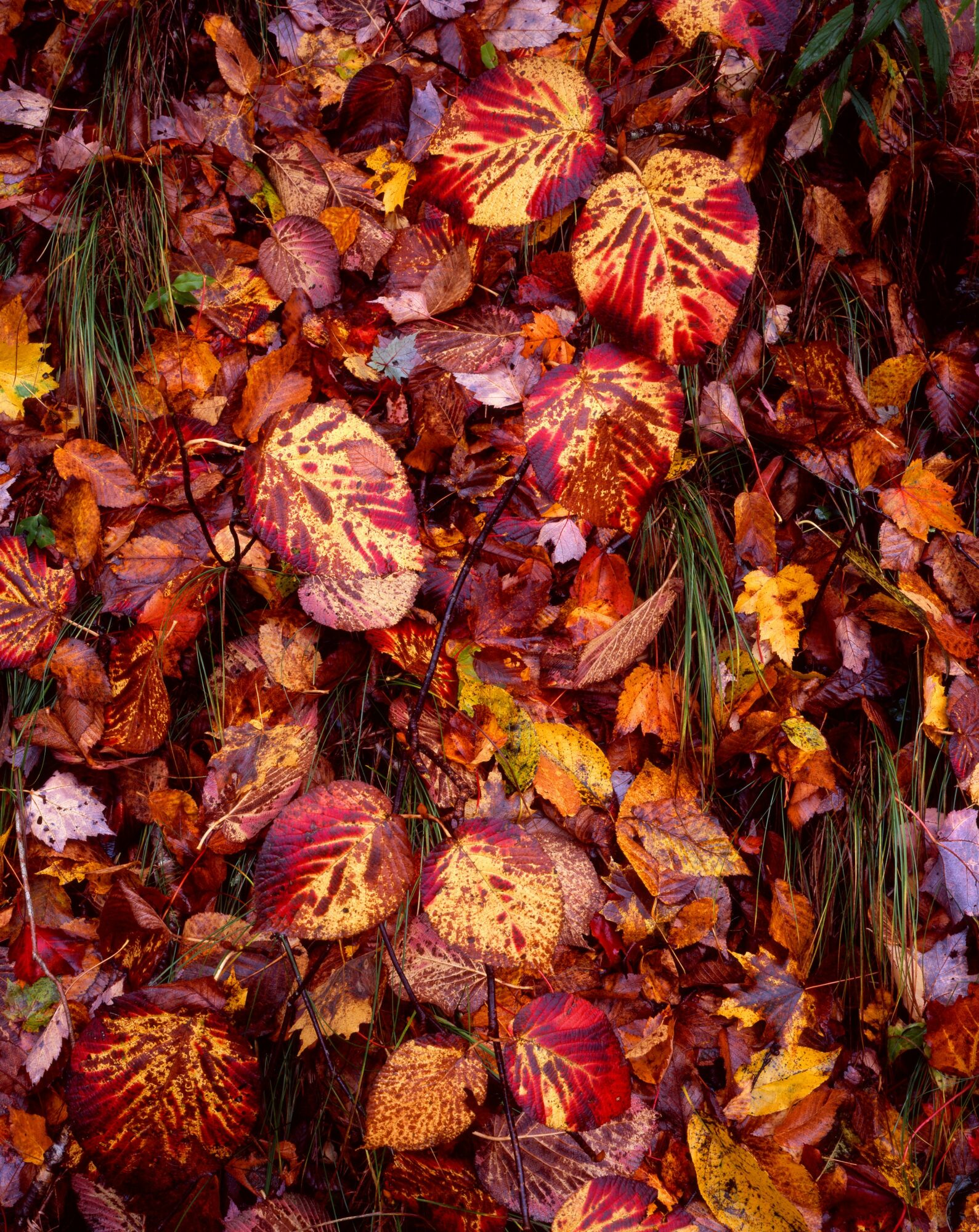

Today we’d like to introduce you to John Moore.
Hi John, so excited to have you with us today. What can you tell us about your story?
When I was a kid, my family lived in the Bay Area, California. And we traveled all over. My Dad took lots of great photographs, and my sisters and I prize them to this day. That was my introduction to photography. I was introduced to camping and hiking in all those wild places there, and that stuck with me through many years of not being in a place like California. Then I went to college in North Carolina, and as soon as I could, I went off to the mountains of North Carolina and Tennessee and camped and backpacked. I joined the Sierra Club and loved their publications with photographs by Ansel Adams, Eliot Porter, and Phillip Hyde. That was my introduction to landscape photography, which led to other types of photography, particularly Joel Meyerowitz’s color work. I took as much as I could all in with my eyes.
I started taking decent landscape photographs when I went to Seattle for grad school. There, in a place where almost every place I went seemed off the scale of my experience, I started taking photographs of the close at hand. Which is something I have continued for over forty years. I rarely take the big picture. And that sort of vision led me to abstracts, especially after seeing an exhibit of Charlestonian William Halsey’s in 1997. That led me to the painter Richard Diebenkorn with geometric color fields floating.
So, I have a split personality when it comes to photography. Landscape photography was my first love. Abstract photography has joined it as a subject of equal interest. And landscape photography, by its usual location, has become my Hanshan (Cold Mountain poems) experience, and abstract photography has become my Neil Young ‘Rust Never Sleeps’ experience. I work on both sides.
Can you talk to us about the challenges and lessons you’ve learned? Looking back, would you say it’s been easy or smooth in retrospect?
I am a structural engineer by profession, and a photographer by avocation and passion. Both draw from my visual way of thinking. However, that does not make me a full time artist, which represents challenges of credibility in the fine art world. Also, color landscape photography over my nearly 50 year career has never been considered ‘fine art’ except for a handful of contemporary photographers. It is more accepted on the Pacific Coast. And least accepted on the East Coast, and maybe especially in Charleston. Except for having a website in recent years, I have never done much marketing of my work, and have instead relied on a network of supporters. Lack of recognition is the challenge, my lack of time for, effort, and ability to get the word out is my lesson learned.
Thanks – so, what else should our readers know about your work and what you’re currently focused on?
I continue to make intimate landscapes close at hand or portions of a large landscape rendered abstractly, and small frame abstracts that cannot be recognized as to what they are, which in being presented large take on a mysterious life of their own.
Where we are in life is often partly because of others. Who/what else deserves credit for how your story turned out?
I owe a great debt to several friends I met 40 years or so. Fellow photographers and artists. These were friends, mentors, encouragers, and colleagues on field trips. Luke Platt, Tom Blagden, Terry Richardson, jon holloway, are the photographers and have been very supportive, they have led by example and often in one way or another enabled the creative to flow. I don’t know where I would be without them. Two Charleston painters in particular have been very supportive of my work, Lese Corrigan and Linda Fantuzzo. I owe a good deal of my art education to them. Lese Corrigan has represented me in the Corrigan Gallery for 20 years.
Contact Info:
- Website: johnmoorephotographer.com
- Instagram: john.moore55








Image Credits
Personal Photo by: Jon Holloway











